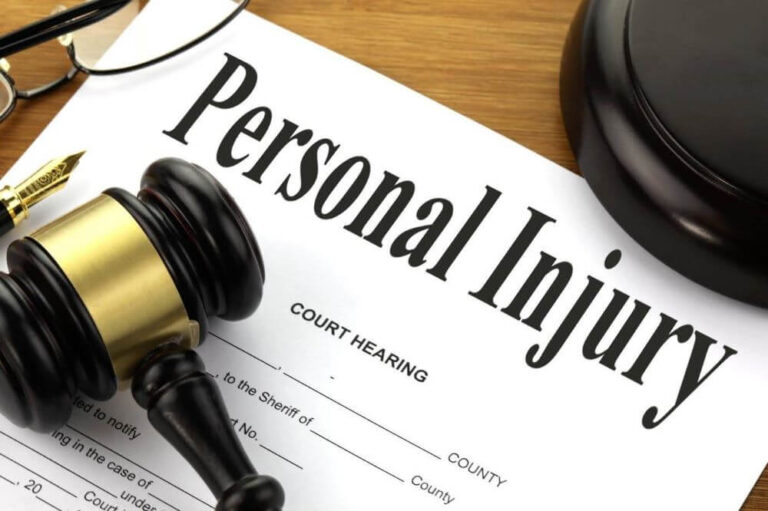If you’ve been hurt and are taking your case to court, it helps to know what’s coming. While many personal injury cases settle before trial, some go to the courtroom. When that happens, being prepared can make the process feel less scary.
According to the U.S. Department of Justice, only 4% to 5% of personal injury cases go to trial. That’s a small number, but those few cases can be life-changing. Skilled personal injury attorneys can guide you through every step, but knowing what to expect is still essential.
Before the Trial Starts
1. Filing the Lawsuit
The first step is filing a formal complaint with the court. This written document tells your story—how you got hurt and why you believe someone else is responsible. Once this is filed, the defendant (the person or company you’re suing) can respond.
2. The Defendant’s Answer
The person or company you’re suing will reply to your complaint. They may agree with some parts of your complaint or deny everything. Sometimes, they may even say that you are partly at fault. This step helps both sides understand where they agree or disagree.
3. Discovery Phase
This is where both sides collect facts. You may have to answer questions (called interrogatories), give documents, or sit for a recorded interview (called a deposition). The other side does the same. Discovery helps both sides prepare for what’s to come in court.
4. Motions and Hearings
Either side may ask the judge to make decisions before the trial begins. For example, they may ask to throw out the case or keep specific evidence out. These steps can delay the trial and help shape what happens in court.
Getting Ready for Court
#1: Witnesses and Evidence
You and your attorney will decide which witnesses can help your case. These might include doctors, accident experts, or people who saw what happened. You’ll also collect photos, medical records, and anything else that shows how the injury affected your life.
#2: Pre-Trial Conference
Before the trial starts, there’s usually a meeting with the judge. Everyone discusses the case, tries to narrow down the issues, and may even settle at the last minute.
#3: Picking a Jury
In most trials, both sides help choose the jury. This part is called voir dire. The goal is to find people who can be fair and open-minded. Both sides can remove a few jurors if they believe someone is unfair.
Inside the Courtroom
Opening Statements
Both sides start by telling the jury what they plan to prove. This is not the time for evidence—just a story about what happened and what the trial will show.
Presenting the Case
You go first since you’re the one making the claim. Your attorney will call witnesses, show evidence, and ask questions. The other side can cross-examine your witnesses. Then, the defense gets to tell their side and bring evidence and witnesses.
Closing Arguments
After all the evidence is shown, each side sums up its case. This is a final chance to speak directly to the jury, highlight the strongest points, and explain why the verdict should go in their favor.
Jury Instructions and Deliberation
The judge explains the law to the jury. Then, the jury enters a private room to discuss the case and decide who wins. This can take a few hours or several days.
What Happens After the Trial
The Verdict
The jury shares its decision in court. If they side with you, they may award damages—money to cover medical bills, lost pay, pain, or other losses. If they side with the defense, you may get nothing. Sometimes, both sides share the blame, and the award is reduced.
Post-Trial Motions
If one side believes something went wrong during the trial, they can ask the judge to change the result. This doesn’t happen in every case, but it’s an option.
If You Want to Appeal
The Appeals Process
If you or the other side believes the judge made a grave legal mistake, an appeal may be possible. Appeals don’t use new evidence. Instead, a higher court reviews what happened to see if the trial was fair. Appeals can take months or even years.
Final Thoughts
The personal injury trial process can feel long and stressful, but knowing what to expect makes a big difference. Stay involved, ask questions, and lean on the experience of those who’ve been through it before.


